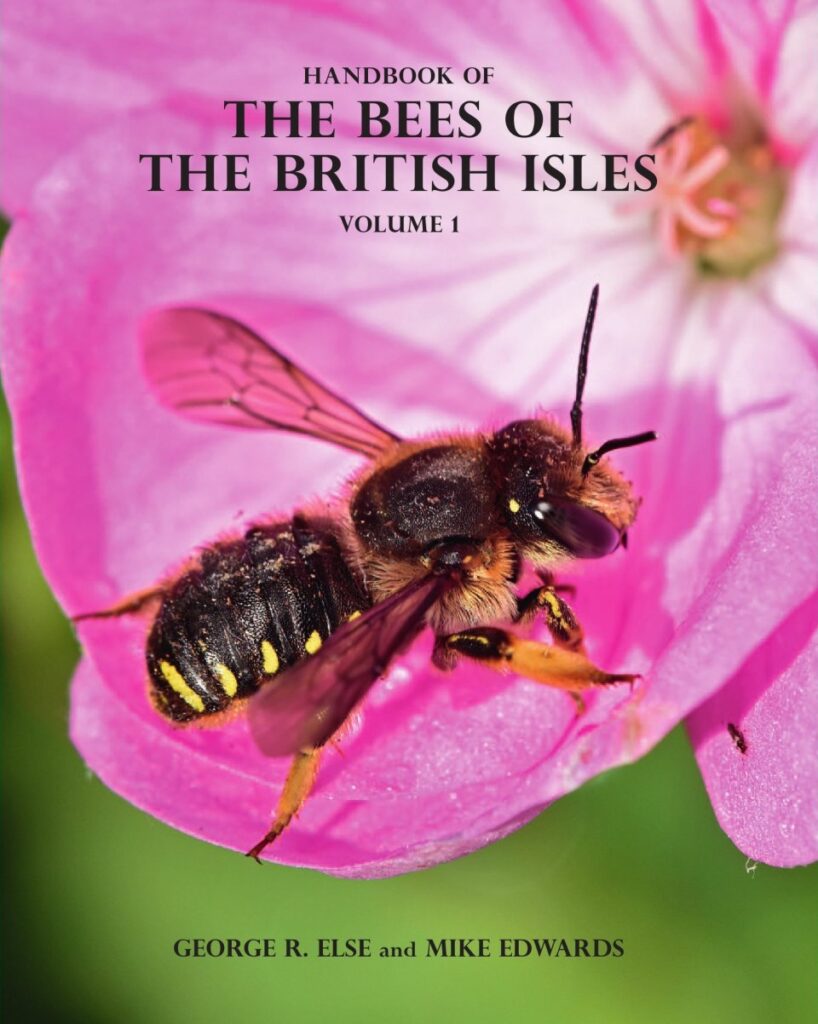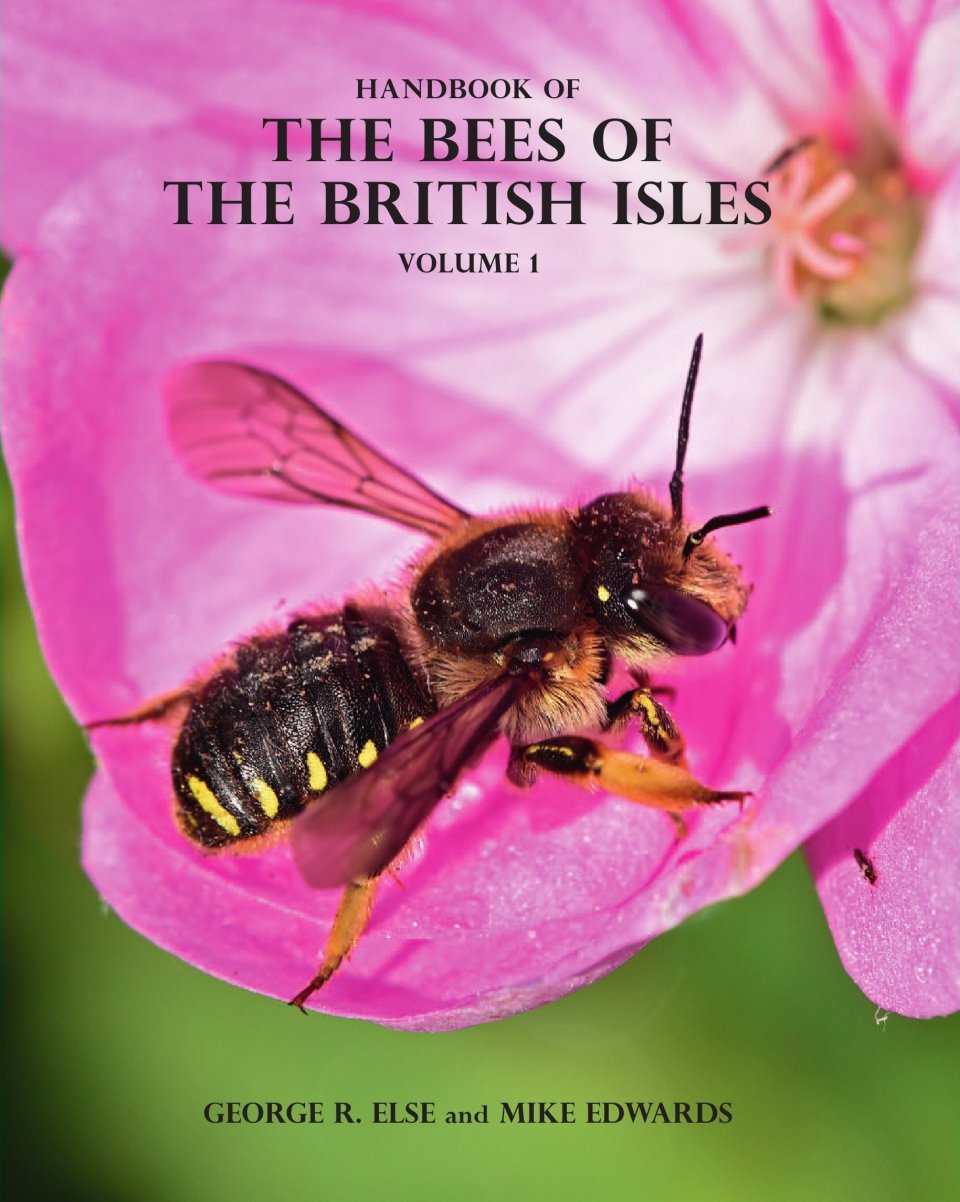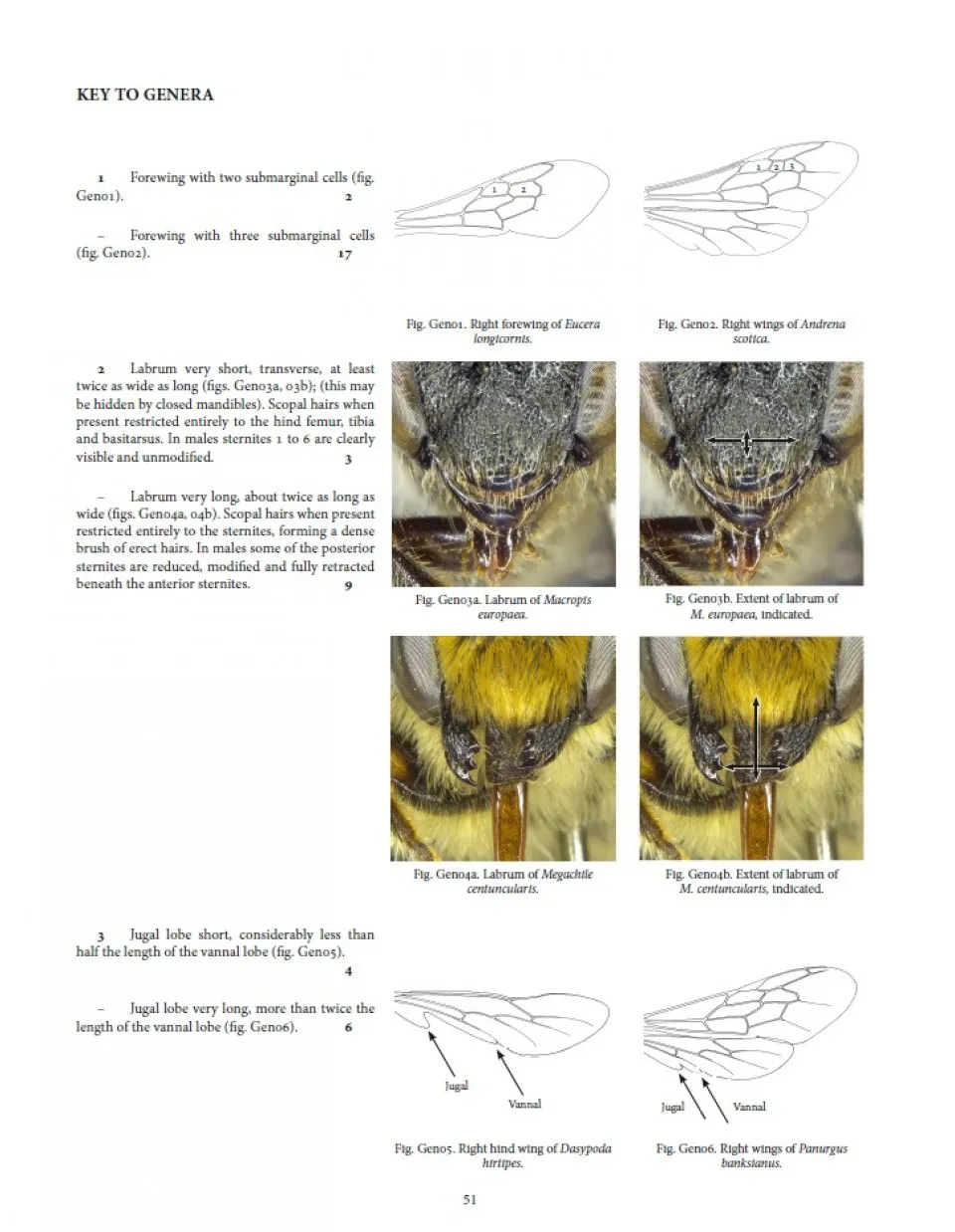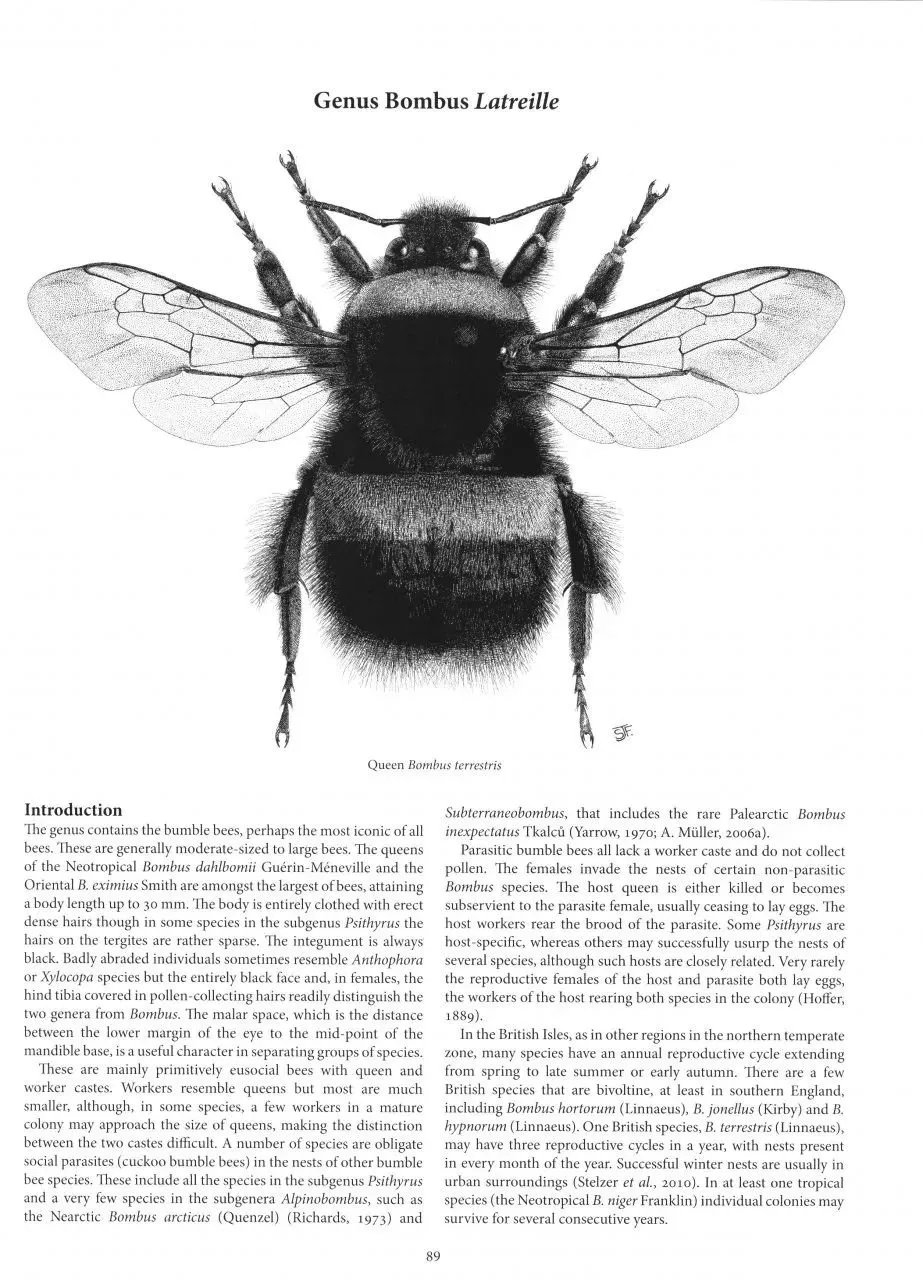Comprising two A4-page volumes, this is an imposing tome in more ways than one. Volume 1 (332 pages) includes identification keys after a series of introductory sections, while volume 2 (443 pages) provides detailed information about each species. The most immediate visual impact of volume 1 is the extent to which it is sumptuously illustrated by photographs to accompany the detailed descriptions used within the identification couplets. Usefully, a large proportion of these photographs are paired, with the photo next to a second version overlaid with arrows or superimposed lines that clarify what is being looked at. These photos are kept alongside, or at the very least close to, the relevant text. One consequence of this is the large amount of white space throughout the volume, which inevitably contributes to its considerable size. As anyone who has used the old-style RES Handbooks for invertebrate identification knows, however, having the key illustrations next to the text being read is worth its weight in gold, and even in paper! Another nice touch is that the volume comes with a DVD bearing all the images used in the keys so that, provided that one has a tablet or desktop PC close to one’s microscope (an essential piece of equipment for this volume to be used effectively), a large image can bring extra clarity. This helps to alleviate those occasions when a small image reproduced in print does not quite do justice to the finer points of insect anatomy. To assist further with these limitations, the text is accompanied by numerous black-and-white line drawings, for the finer detail that would be difficult to convey in a photograph of any scale. Beautiful whole-insect drawings by Steven Falk are dotted throughout.
View this book on the NHBS website
Volume 1 provides an introductory description for each genus, summarising nesting habits and foraging behaviours etc. The keys inevitably rely on a good deal of anatomical jargon, but the introductory sections include numerous, large photos which are, again, well annotated. This is accompanied by a glossary, which helps to decipher the text used in the keys. Other introductory sections cover photographic techniques for recording observations, field equipment for collecting bees and, should you so desire, the process of preserving one’s capture as part of a reference collection. Other notes summarise the ecology of bees, including their role as pollinators, predator and parasite relationships and conservation considerations.
Volume 2 comprises detailed species profiles. A brief introductory section provides a background to the categories used in each profile, which include distribution and status, habitat, nesting biology, pollen collected, flowers visited, flight period, parasites and predators, and other pertinent remarks. The authors draw attention to the very occasional mismatch between described distributions and that illustrated in the accompanying maps – a consequence of the ever-shifting sands of biological recording and the practicality of including up-to-date datasets and text as the publication deadline loomed. These differences are, in any case, very minor and in no way detract from the aim of that section. Where possible, a photograph of a live individual of each sex is included, although pinned specimens have been used for some rare species. The distribution maps are large and clear, using a two-colour system for records up to December 1989 (blue) and then up to December 2017 (red). I refer you to the map for Bombus distinguendus as a striking example of the value of this colour scheme.
Someone new to the topic, perhaps relying on volume 2 as a reference guide to learn about an unfamiliar species, may find the lack of a traditional index slightly frustrating. While every species is included in a detailed contents listing at the front, one must, for example, know that Heriades truncorum is within the subfamily Megachilinae and then find that subfamily within a systematic ordering within the contents list in order to find the required page number.
This publication will be invaluable to a wide group of people. Many serious naturalists have for long wanted to study this fascinating sub-order of insects but, until the last few years, they will have been thwarted by a lack of up-to-date and complete literature. The comprehensive, though occasionally complex, identification keys should allow the careful student to name species with some confidence. Site-managers or those with less specialised natural-history interests will find the species profiles an invaluable encyclopaedia of information about species that others may have brought to their attention, allowing them to consider site management or broader conservation initiatives to benefit those insects that are in their guardianship.



